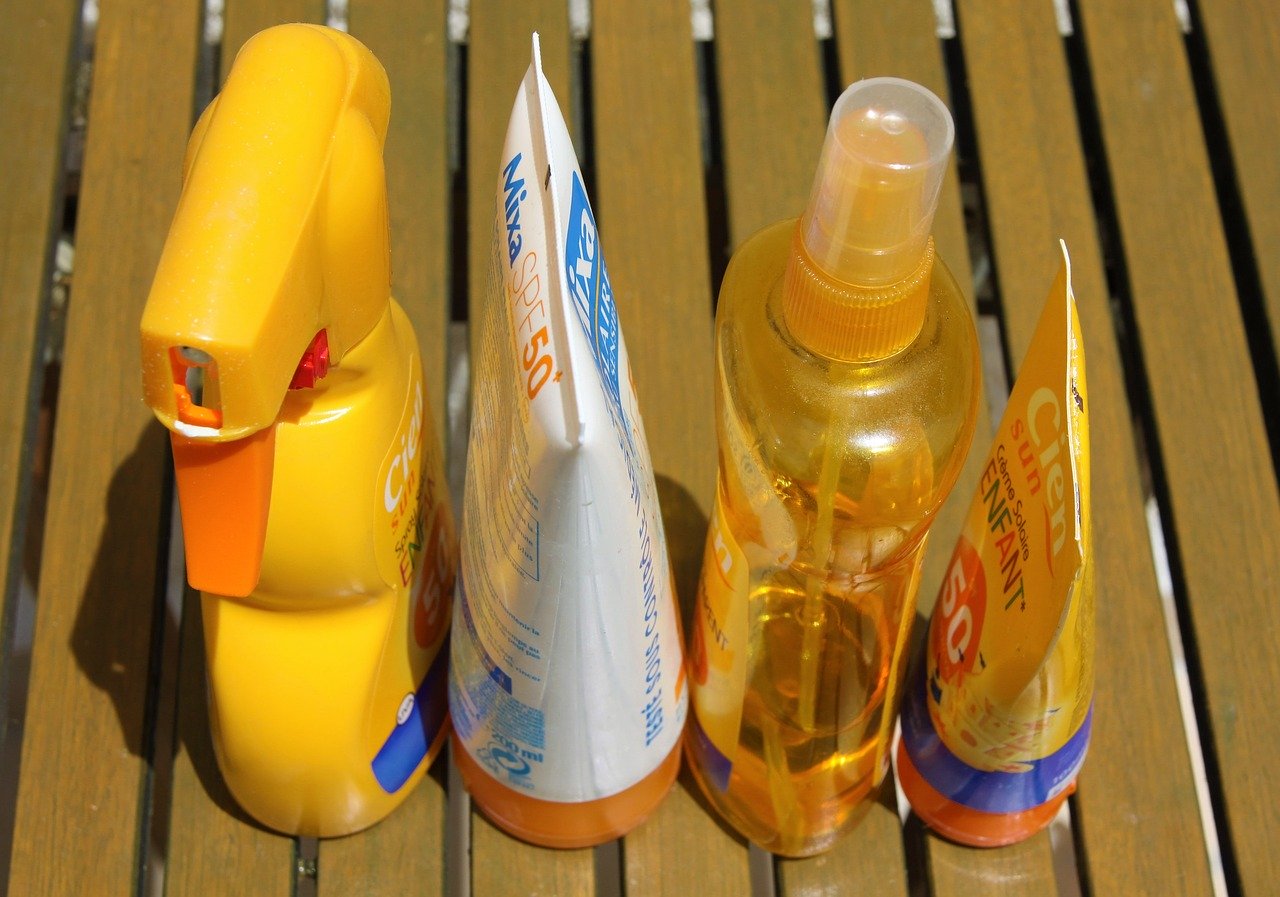Octinoxate is known by many names including octyl methoxycinnamate, ethylhexylmethoxy cinnamate, escalol, neo heliopan, etc and is found in many skin and cosmetic products, including makeup foundation, hair dye, shampoo, lotion, nail polish, lip balm and sunscreen.
Although it is currently approved for use in the United States, the strength of the formula is limited to a maximum of 7.5% octinoxate concentration.
However due to public health concerns, the Federal Drug Agency has set a November 2019 deadline for manufacturers to provide safety data on their sunscreens, including evaluations of systemic absorption, the risk of cancer from the chemicals, and their effect on reproductive health. Hawaii has recently passed legislation which prohibits the sale and distribution of sunscreen products that contain octinoxate (any oxybenzone) without a prescription, although it should be noted that the ban does not apply to cosmetic products intended for use on the face. The legislation comes into effect on 01 January 2021. In addition to Hawaii, Key West in the USA has also banned the sale of sunscreens that contain octinoxate (and oxybenzone) which also comes into effect on 01 January, 2021. However, Miami, USA voted against such a ban citing public health reasons and saying that “because when you eliminate 90% of your favorite products you’re left with things people won’t use.”
The US Virgin Islands have also banned sunscreens containing octinoxate (plus oxybenzone and octocrylene). Here the legislation will come into effect in the following stages:
- from 31 December 2019, importing products containing oxybenzone and octinoxate for sale will be illegal;
- from 30 September 2020, selling, offering for sale and distributing such products will be illegal; and
- from 1 January 2021, using, possessing or bringing them into the territory will be illegal.
The Pacific Ocean archipelago of Palau have also banned sunscreens that contain octinoxate. Their legislation in fact is currently more wide ranging than other countries as it bans sunscreens that contain octinoxate and nine other chemicals (namely, oxybenzone (benzophenone-3); octocrylene; 4-methyl-benzylidene camphor; triclosan; methyl paraben; ethyl paraben; butyl paraben; benzyl paraben; and phenoxyethanol). The legislation comes into effect on 01 January 2020 and anybody entering Palau with the prohibited items will have them confiscated.
Limits on the maximum concentration of octinoxate in Canada, Japan, and the European Union are also in place.
Several studies suggest octinoxate can have a harmful effect on animals, as well as the environment. However, in-depth studies on humans has been limited. Those studies that have been undertaken have focused on visible concerns like rashes and skin allergies but only a minority of people who have specific skin allergies appear to experience such effects and there is no serious harm to humans. However, research is continuing which may show that there is some validity to the mounting health and safety concerns many people are raising.
For a list of brands that include oxtinoxate in their list of ingredients please see: https://householdproducts.nlm.nih.gov/cgi-bin/household/brands?tbl=chem&id=628&query=octyl+methoxycinnamate+&searchas=TblChemicals
https://www.ewg.org/skindeep/ingredient/704203/OCTINOXATE/#.W2DYpDNKgdW
Octinoxate

